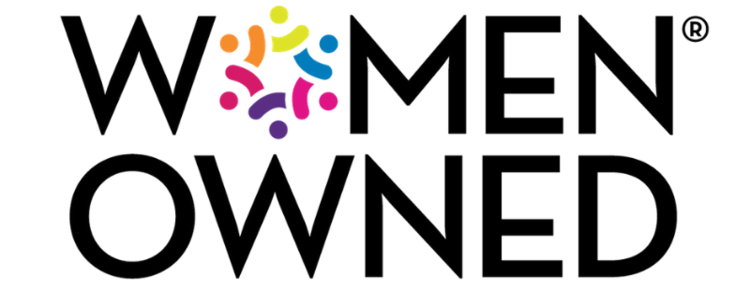Companies and organizations are always looking for ways to increase efficiency. One of the most popular methods is lean production, originally derived from the Toyota Production System. In lean philosophy, resources are expended only to create value for the end-user — anything else is considered wasteful.
Many organizations use lean principles in manufacturing and management with great success. Many lean principles are also relevant to writing. As waste is removed, quality improves — and documentation becomes more effective.
How can you apply lean principles to technical writing to improve content creation? These five steps are particularly applicable to documentation and other written content.
Specify value
Lean is all about focusing on the value to end-users. Applied to writing, make the point and value of a document clear:
- Why should anyone read this document?
- What are readers meant to learn from it?
- What action do you want readers to take?
Don’t make readers search for the value of a document. State that information early and clearly. And make important information easy to find without forcing readers to read the entire piece word for word.
Identify steps
In lean philosophy, a value stream comprises only the steps necessary to create a product; all non-essential steps are eliminated. In writing, avoid grandiose language and extra words that might disguise or distract from the document’s main point.
“In my experience,” says Pam Hurley of Hurley Write, “the written communication of many companies is more likely to include information the reader doesn't need at all or doesn't need at that particular time.”
Mixed messages leave readers unsure what to do next. Avoid sending hard-to-understand signals by using simple, direct words.
Create flow
The steps in the lean value stream are tightened to create a smooth flow of value to the end-user. In writing, use topic sentences to create this flow. An effective topic sentence
- tells readers what the paragraph is about;
- indicates what the reader can expect from the paragraph;
- uses one or more keywords (i.e., words that tell the story of the paragraph), which can also be found throughout the rest of the paragraph; and
- works with other topic sentences to tell the whole story of the document.
Establish pull
A tight flow allows end-users — your readers, in this case — to pull value (understanding) from every part of the lean stream. Every paragraph in a document should provide one of three things:
- A premise with which you want the reader to agree
- A point that the reader needs to understand
- An action that the reader should take
Each paragraph should also support its premise by providing relevant facts and supporting statements. The premises and supporting information should relate an easily understood message or encourage a specific action.
Practice makes perfect
In lean processes, the value cycle is repeated over and over, with the goal of perfecting it — eliminating all waste. In writing, this means editing. Meticulously comb through your documents, cutting extra words and focusing on the goal. Request feedback from colleagues and then make sure your final copy is effective and readable.
The next time you start a writing project, take a page from lean principles to guide your content. Much like an efficient assembly line, streamlined content produces better, more consistent results.
Go Lean to Get the Point Across
The same principles that save manufacturers time and money can be applied to writing to achieve similar results. Hurley Write can help you perfect these techniques. Call us or email info@hurleywrite.com.


